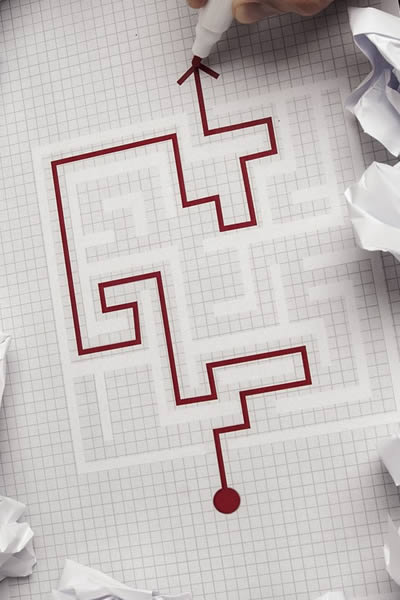continued from part1: view part1
Action 2. No Restrictions
It is smart to know just a little more than you actually want to tell. This helps you with more background and gives you more insight about your theme. If you yourself have more knowledge and information than what you use in your speech, you are also armed against any questions. And it definitely makes a positive impression if you know so much about your subject that you can effortlessly answer those extra questions.
Action 3. Sources
Make a list of all the books that you have read about your theme and the websites and other sources that you have viewed. This gives you an up-to-date literature list. That is handy for yourself if you have to go back to that information, but it is also fair to the authors. Honor who deserves honor.
Action 4. Organize Key Points
Now that you have read all kinds of information, make a list on which you write down all key points or catchwords about your theme. When you have done that, put all those key points in a logical order. With this you can already see the first structure of your speech.
Action 5. Make Your Key Points Clear
You can write a piece of text at each key point. Explain what it means, which information fits with it. Actually you are filling in the chapters of your talk, which is the information that you tell your audience about during your talk.
Action 6. Make It Clear
A good story is beautiful, but sometimes a picture or a certain object makes something even clearer. Showing materials and images also ensures that your audience gets variety so that they will follow your talk with more interest. Of course you should not show so much that your story goes into the background. A good balance between story and demonstration material is important.
Action 7. Organize the Demonstration
If you use demonstration material, carefully consider how you want to organize this in advance. If you hold an object in your hand, the question is whether everyone can see it well. The advantage of passing on an item is that everyone gets the chance to look carefully at all the details. The disadvantage is that this also causes unrest.
Certainly if you have something passed on to each other in a school class, you should take this into account. If you allow multiple objects to be passed on to each other at the same time, you must bear in mind that there is less attention for your story, which means that your audience will miss information.
continue reading all other sections:
college presentation (Part 1/3)college presentation (Part 2/3)college presentation (Part 3/3)
Image Credit: Pixabay
end of post … please share it!
| google+ |
GUIDE: education savings program
-------------------------------------------------------------------------------------------------------------
end of post idea
-------------------------------------------------------------------------------------------------------------
view home improvement ideas at our Photo Remodeling center
Helpful article? Leave us a quick comment below.
And please share this article within your social networks.











